 "ttyymmnn" (ttyymmnn)
"ttyymmnn" (ttyymmnn)
08/25/2015 at 11:35 • Filed to: planelopnik, planelopnik history
 8
8
 11
11
 "ttyymmnn" (ttyymmnn)
"ttyymmnn" (ttyymmnn)
08/25/2015 at 11:35 • Filed to: planelopnik, planelopnik history |  8 8
|  11 11 |
This is today’s Aviation History Speed Round , getting you caught up on milestones and important historical events in aviation from August 22 through August 25.
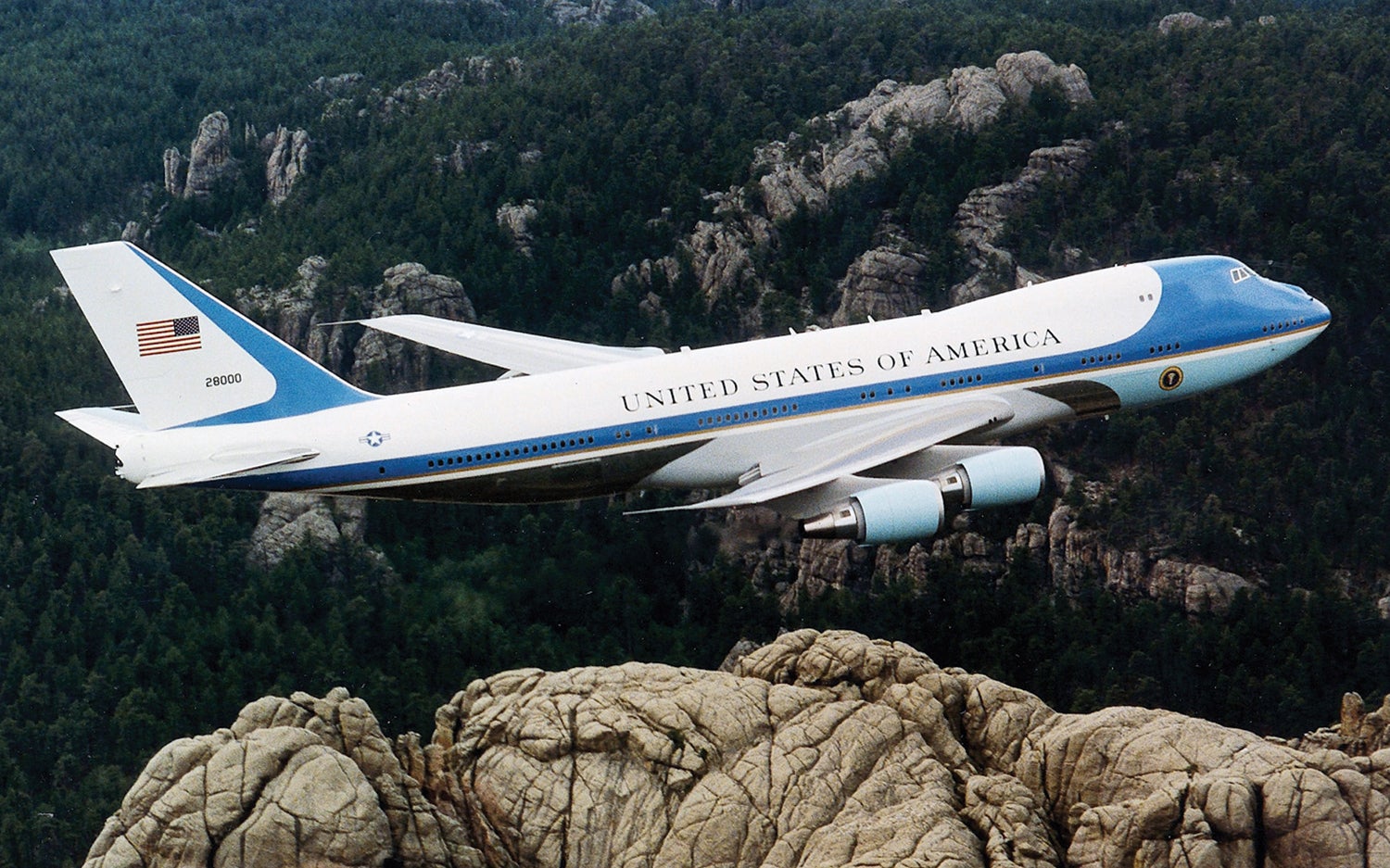
August 23, 1990 – The Boeing VC-25 enters service with the US Air Force.
The history of presidential aviation goes back to 1945, when President Roosevelt flew on a
!!!error: Indecipherable SUB-paragraph formatting!!!
, named the
Sacred Cow
, to the
!!!error: Indecipherable SUB-paragraph formatting!!!
. Later, President Truman flew in a
!!!error: Indecipherable SUB-paragraph formatting!!!
(VC-118 Liftmaster) named
Independence
, and President Eisenhower had
Columbine II
and
Columbine III
, both
!!!error: Indecipherable SUB-paragraph formatting!!!
, and it was during his administration that the name “Air Force One” came into use. Eisenhower brought presidential aviation into the jet age when he ordered three
!!!error: Indecipherable SUB-paragraph formatting!!!
aircraft, based on the Boeing 707, and that aircraft served all the following presidents through Ronald Reagan. But the Air Force One we know today from the TV news and in
!!!error: Indecipherable SUB-paragraph formatting!!!
, a Boeing 747-200 (VC-25) didn’t take to the skies until September 1990. In 1985, the Air Force started looking for a replacement for the two VC-135s currently in service. The new aircraft would have to have at least three engines and be capable of flying 6000 miles without refueling. The only two aircraft that fit those criteria were the Boeing 747 and the McDonnell Douglas DC-10, and the Air Force chose the 747. President Reagan ordered two aircraft, and rather than modify existing airliners, construction began on two purpose-built aircraft, with interiors designed by First Lady Nancy Reagan. Though the maiden flights took place in 1987, the VC-25A wasn’t delivered until 1990 during the first Bush administration. Inside, the VC-25 features a suite of offices and sleeping quarters for the president, as well as other meeting rooms and quarters for the staff. There is also a medical suite, with an operating table, staffed by a doctor and nurse. In addition to transporting the president, Air Force One can also function as a flying military command center in the event of war or other national emergency, and following the terrorist attacks of September 11, 2001, the VC-25 was modified to give the president the ability to speak to the entire nation from the air. Plans are already in the works for a replacement to the current VC-25, with the Air Force developing a newer Boeing 747-800 scheduled to begin operation in 2017.
(US Air Force Photo)
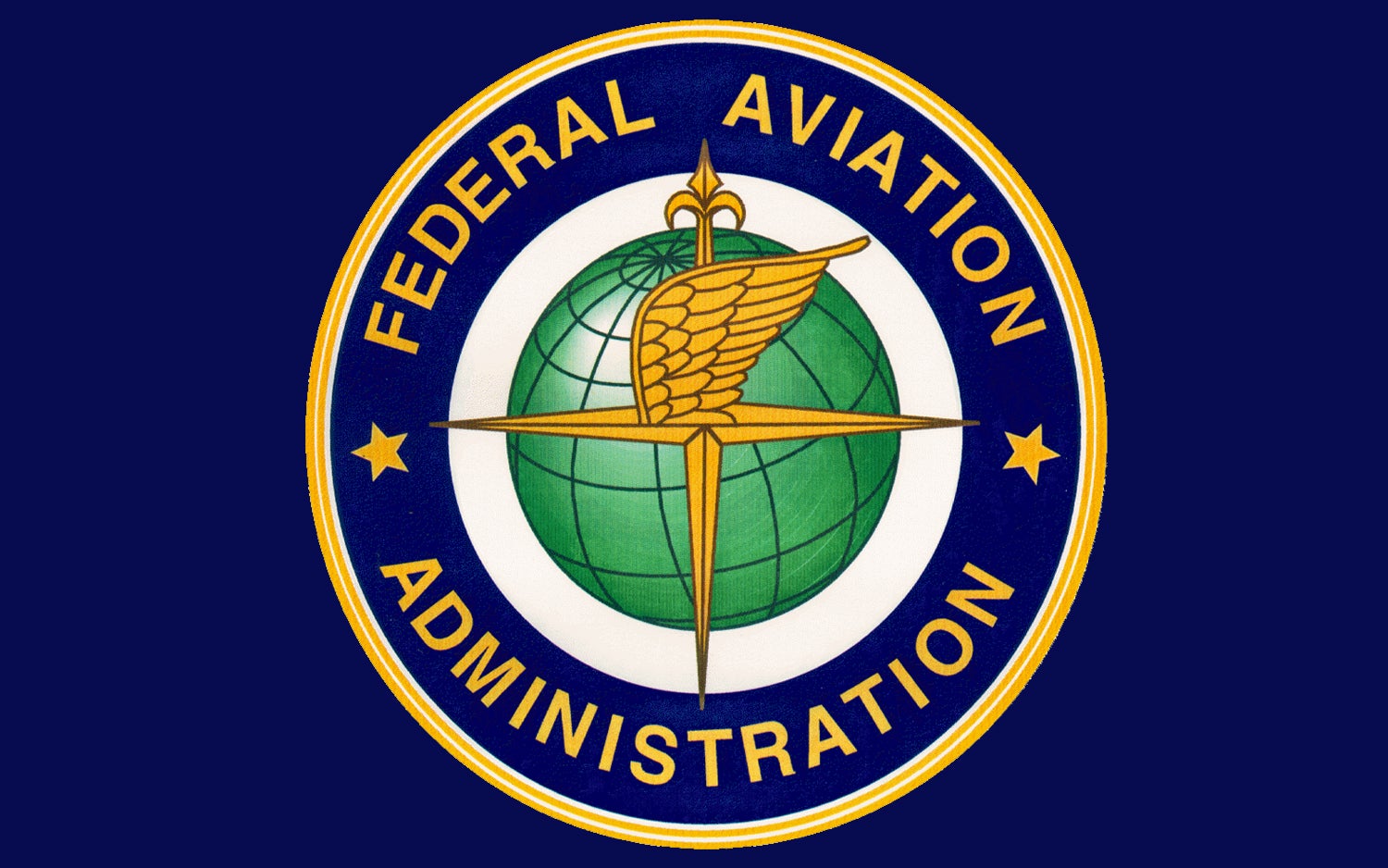
August 23, 1958 – President Dwight D. Eisenhower signs the Federal Aviation Act of 1958, creating the Federal Aviation Agency, later renamed the Federal Aviation Administration. As private, commercial and military aviation came of age in the United States, the government has created numerous organizations to both regulate and promote air travel. As the needs of the country changed and grew, the government agencies changed and grew with it. The idea of having a federal agency oversee the regulation and enforcement of aviation safety began with the !!!error: Indecipherable SUB-paragraph formatting!!! . Initiated at the urging of the airline industry, the new Aeronautics Branch fell under the Commerce Department and was the primary office for aviation oversight. In 1934, the office became known as the Bureau of Air Commerce, and began overseeing air traffic control (ATC). !!!error: Indecipherable SUB-paragraph formatting!!! transferred civil aviation oversight to a new agency, the Civil Aeronautics Authority, which began to regulate air fares and determine air routes plied by an increasing number of civil airliners. Then, in 1940, President Roosevelt split the CAA into two agencies, the Civil Aeronautics Administration and the Civil Aeronautics Board. The CAA was tasked with safety enforcement, pilot certification and airway development, while the CAB handled regulation, accident investigation and economic regulation. !!!error: Indecipherable SUB-paragraph formatting!!! was prompted by a spate of aviation accidents and led to the formation of the Federal Aviation Agency. It gave the FAA complete oversight of air traffic control and air navigation, both military and civilian. When the US Department of Transportation was founded in 1967, the FAA became the Federal Aviation Administration, and the head of the FAA now reported to the head of the DOT rather than the president. At the same time, the National Transportation Safety Board took over the task of investigating air accidents, but they held no regulatory power. Today, the FAA regulates all US commercial space transportation, sets flight inspection standards, encourages the development of new technologies, oversees pilot certification, promotes safety, oversees ATC, and works to regulate noise at airports across the country. The FAA does have its detractors, mainly stemming from the fact that the FAA has the dual role of both regulating and promoting the aviation industry. This has led some to accuse the FAA of being too soft on airline safety infractions out of a fear that new regulations might hamper the business side of commercial aviation.
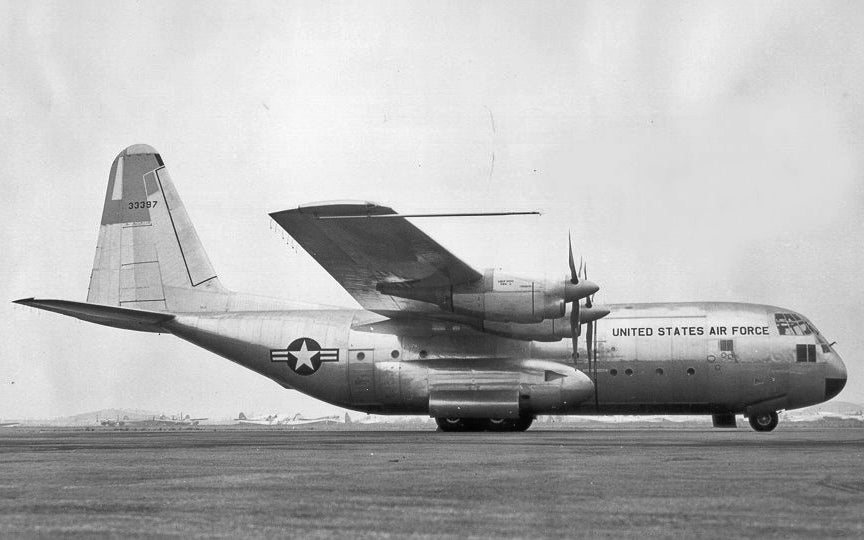
August 23, 1954 – The first flight of the Lockheed C-130 Hercules.
The C-13o, in all of its myriad variants, has become a ubiquitous transport and logistics aircraft for the United States military and many partner countries, and has seen action from the Vietnam War to the conflicts of the present day. It has become a true workhorse, tackling jobs from troop transport to logistical support to counterinsurgency to reconnaissance. The Hercules traces its origin back to 1951, when USAF decided to acquire a new turboprop transport for Military Air Transport Service (MATS), later Military Airlift Command (MAC). The new aircraft was needed to replace older aircraft that were unsuited to modern logistical requirements, such as those faced by the US and her allies in the Korean War. But rather than develop a new freighter from an existing aircraft, as they had done in the past, the Air Force requirements called for a completely new plane, designed from the ground up as a heavy lifter. The request from the Air Force led to the creation of the C-130, the Douglas C-132 (later canceled before any prototypes were built), and the Douglas C-133 Cargomaster, a plane of similar design yet much larger and built in significantly fewer numbers. The Air Force settled on the C-130, which would be powered by four turboprop engines designed specifically for the Hercules, engines that would give the plane a greater operating range than thirsty turbojet engines and allow the C-130 to operate from rough, unimproved and shorter runways. The Hercules set a new standard for modern airlift aircraft design, with a fully pressurized cabin. The high wing and external landing gear pods allowed for copious internal cargo space, and a rear cargo door allowed pallets and vehicles to be driven directly on board, with a low deck for ease of loading. After the successful flight of the two prototypes, an initial production contract was awarded in July 1951, and production of the Hercules continues to this day. The basic design has led to a host of variants with upgraded engines and avionics, including a gunship version for support of ground troops. It all started with the C-130A, and Lockheed is now producing the C-130J Super Hercules, with the most powerful engines yet, a glass cockpit and modern flight deck. Over 2500 Herks have been produced, and this 50-year-old design shows no sign of being retired any time soon.
(US Air Force Photo)
Short Take Off
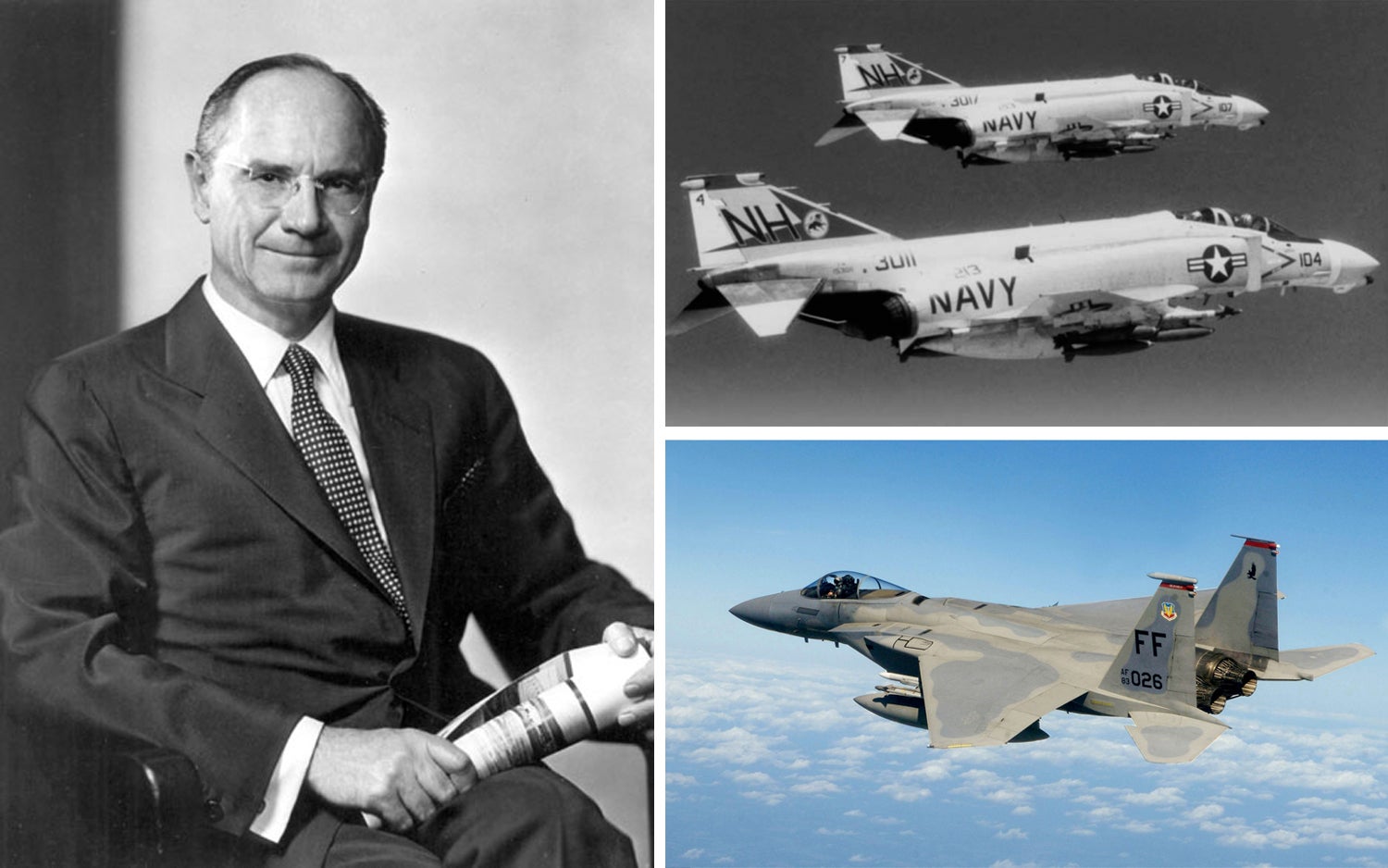
August 22, 1980 – The death of James Smith McDonnell. James McDonnell was one of America’s great aviation pioneers and aircraft producers, founding the McDonnell Aircraft Corporation in 1943 and providing the US with some of its most iconic aircraft, including the F-4 Phantom II. In 1967, his company merged with Douglas Aviation to form McDonnell Douglas, and they would go on to create more great aircraft, such as the DC-10 and the F-15 Eagle.
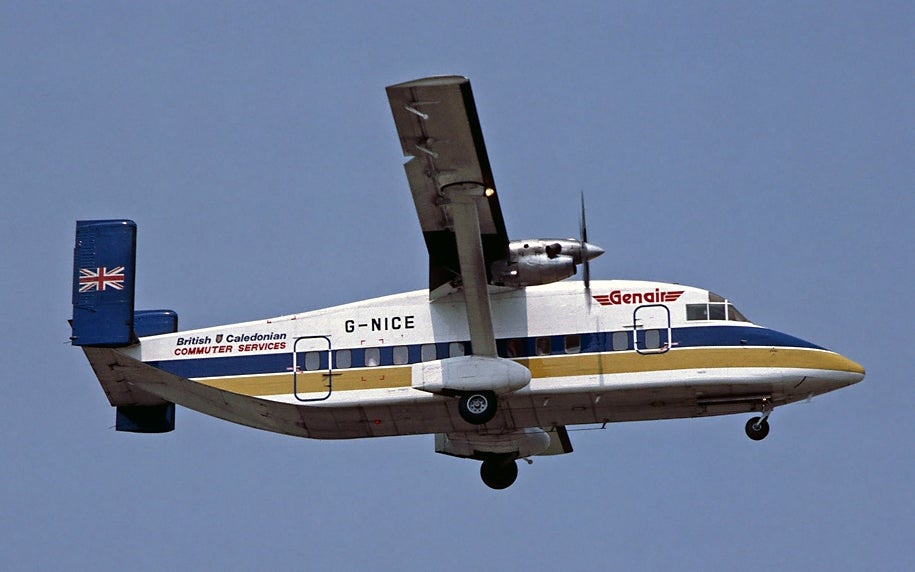
August 22, 1974 – The first flight of the Short 330 . Based on the !!!error: Indecipherable SUB-paragraph formatting!!! , the 330 was a small transport aircraft with good STOL characteristics and capable of serving rough and undeveloped airstrips. The 330 could carry thirty passengers, and was later developed into the larger Short 360 and the C-23 Sherpa, a military transport version. (Photo by Steve Fitzgerald via !!!error: Indecipherable SUB-paragraph formatting!!! )
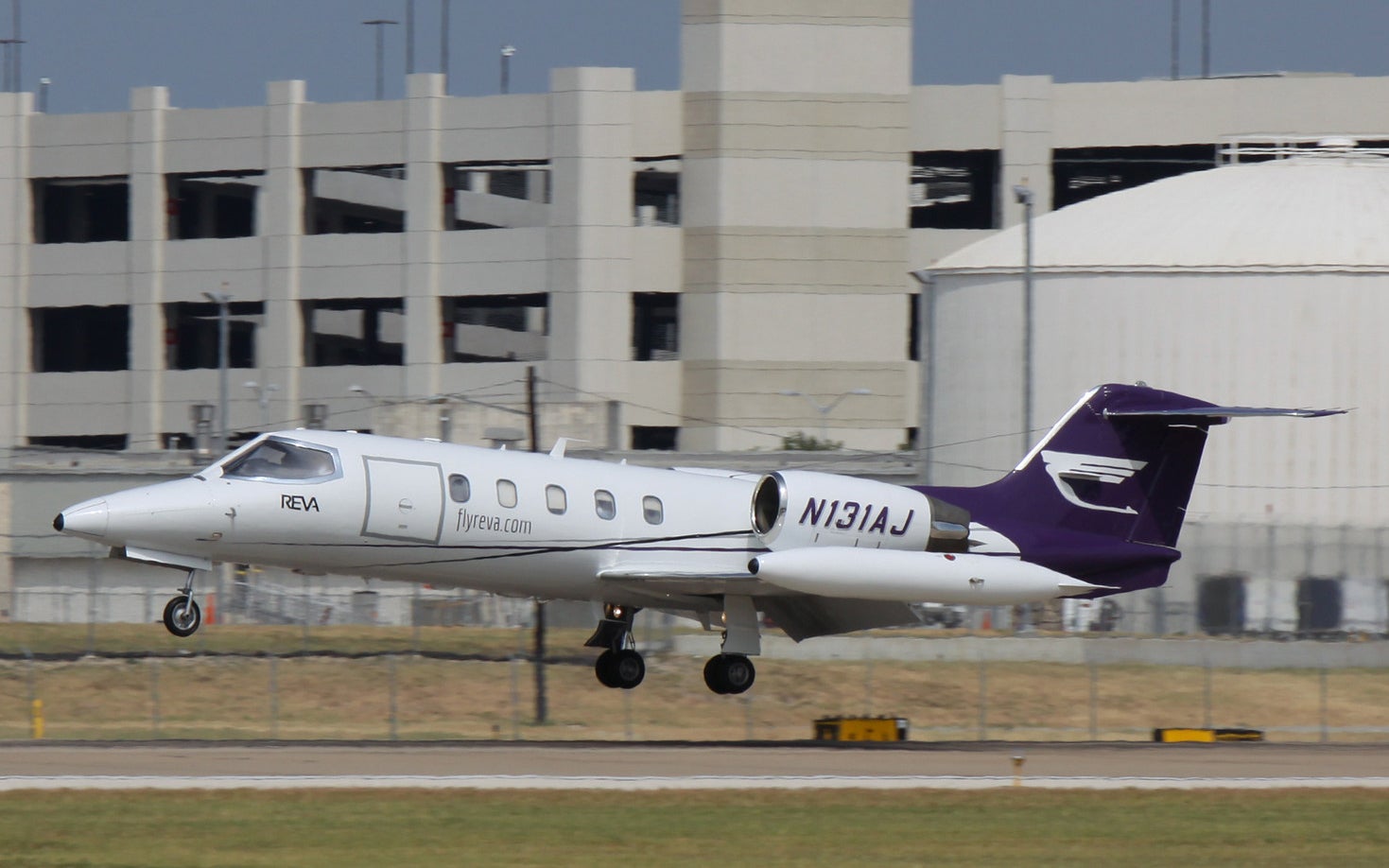
August 22, 1973 – The first flight of the Learjet 35. The Learjet 35 is a development of the Learjet 25 but with more powerful TFE731 turbofan engines instead of the older GE CJ610 turbojet engines, providing the small jet with more power and less noise than its predecessor. Produced from 1973-1994, 738 examples were built, and the 35 also serves the US military in the passenger and cargo role as the C-21. (Photo by Tim Shaffer)
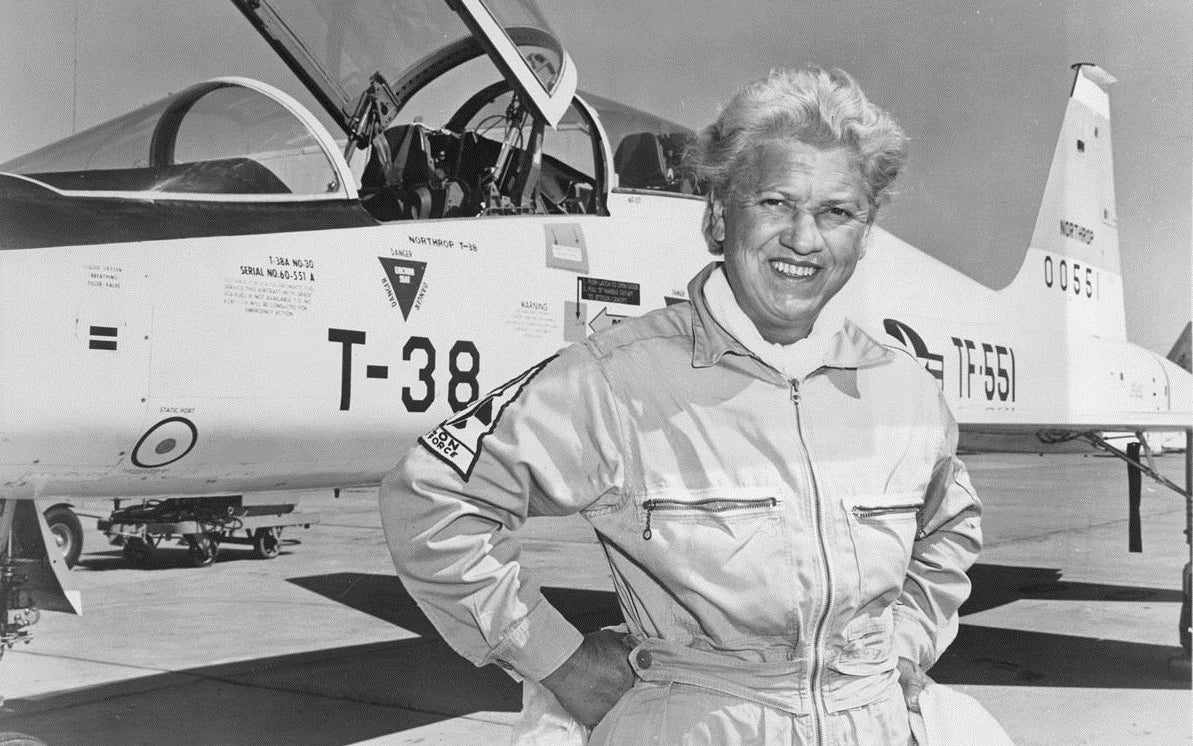
August 24, 1961 – From this date through October 12, US aviatrix Jacqueline Cochran, founder and head of the Women Airforce Service Pilots during WWII, sets a wide range of flying records for a woman pilot while flying a Northrop T-38 Talon. The records inlcuded an altitude record of 56,072.8 ft, a distance record of 1,492.39 miles, a 100-km closed circuit speed record of 784.29 mph and a 15-km course speed record of 844.2 mph. (US Air Force Photo)
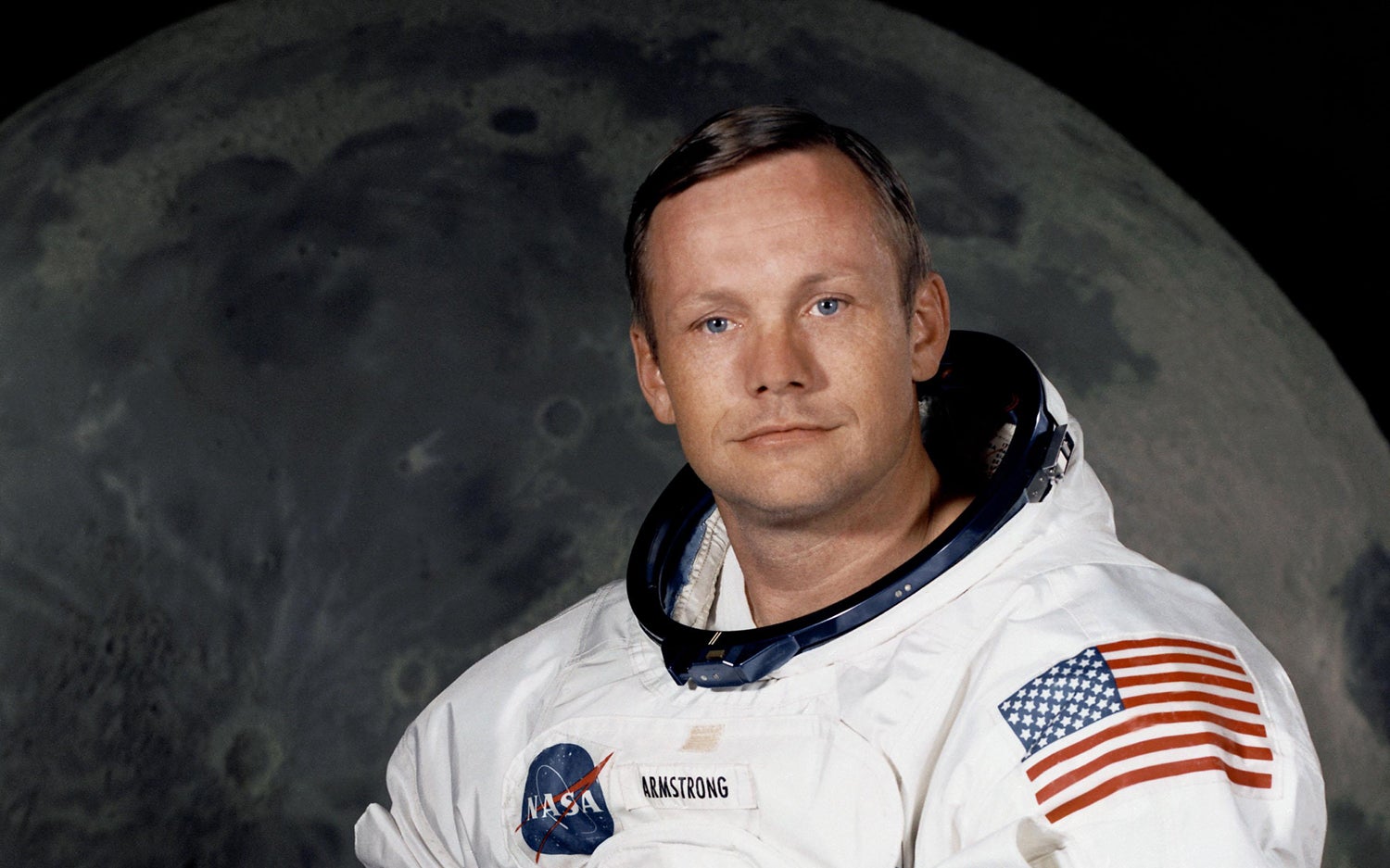
August 25, 2012 – The death of Neil Armstrong.
In addition to being the first man to set foot on the Moon in July 1969, Armstrong was also an aerospace engineer, a US Navy aviator who flew combat missions in Korea, a test pilot, and a professor of engineering at Purdue University.
(NASA Photo)
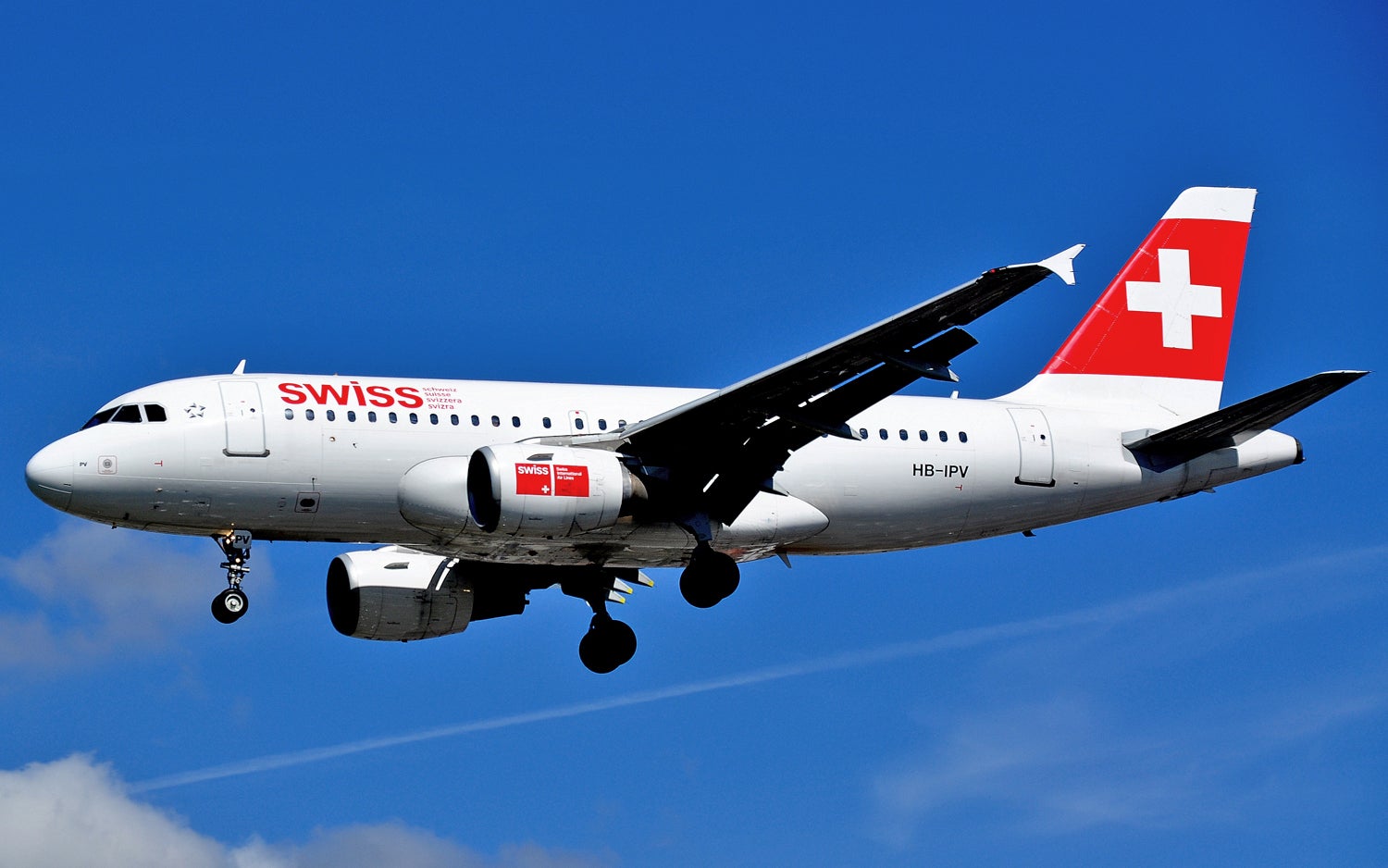
August 25, 1995 – The first flight of the Airbus A319 , a shortened version of the A320 which allows the aircraft to have a greater range. The 319 was developed based on a request by !!!error: Indecipherable SUB-paragraph formatting!!! of International Lease Financing Company (IFLC), and it competes directly with the Boeing 737-700 in range and capacity. (Photo by Beata May via !!!error: Indecipherable SUB-paragraph formatting!!! )
•••••••••••••••••••••••
If you enjoy these Aviation History posts, please let me know in the comments. And if you missed any of the past articles, you can find them all at !!!error: Indecipherable SUB-paragraph formatting!!! .
Unless otherwise credited, all photos are, or are believed to be, Public Domain, ownership could not be determined, or were taken by the author.
 MonkeePuzzle
> ttyymmnn
MonkeePuzzle
> ttyymmnn
08/25/2015 at 11:38 |
|
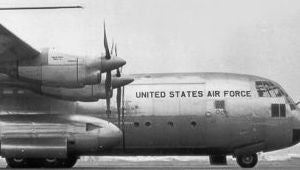
I do quite like the original front, so smooth
 MonkeePuzzle
> ttyymmnn
MonkeePuzzle
> ttyymmnn
08/25/2015 at 11:39 |
|
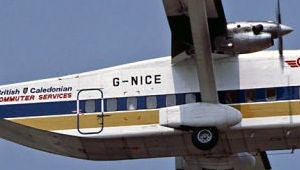
a plane designed with a ruler!
 Ash78, voting early and often
> ttyymmnn
Ash78, voting early and often
> ttyymmnn
08/25/2015 at 11:52 |
|
I love the Short 330/360. I flew on one a few times in PA when they were in service as a regional commuter with Allegheny Airlines, IIRC.
The interiors are so spacious, they’ll make you mad at every other airplane. It’s like the Ford Transit or Mercedes Sprinter of turboprops. When I was 14, I promised myself one day I’d buy one and convert it into an aerial RV for going to fly-ins and on vacation.
 RallyWrench
> ttyymmnn
RallyWrench
> ttyymmnn
08/25/2015 at 12:07 |
|
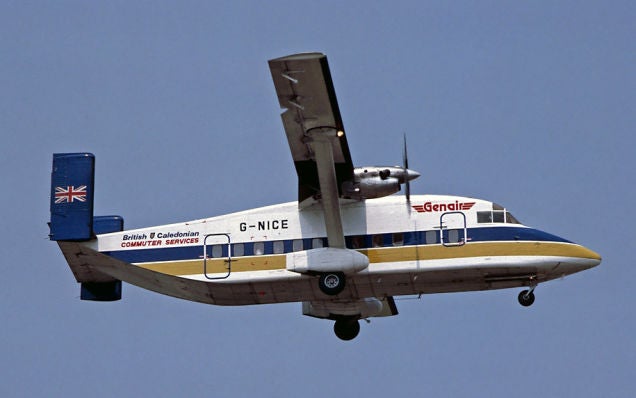
The Short bus of airplanes. Glad it works well, because it sure doesn’t look like it should.
 whoarder is tellurium
> Ash78, voting early and often
whoarder is tellurium
> Ash78, voting early and often
08/25/2015 at 13:46 |
|
They’ll even swallow a Colorado!
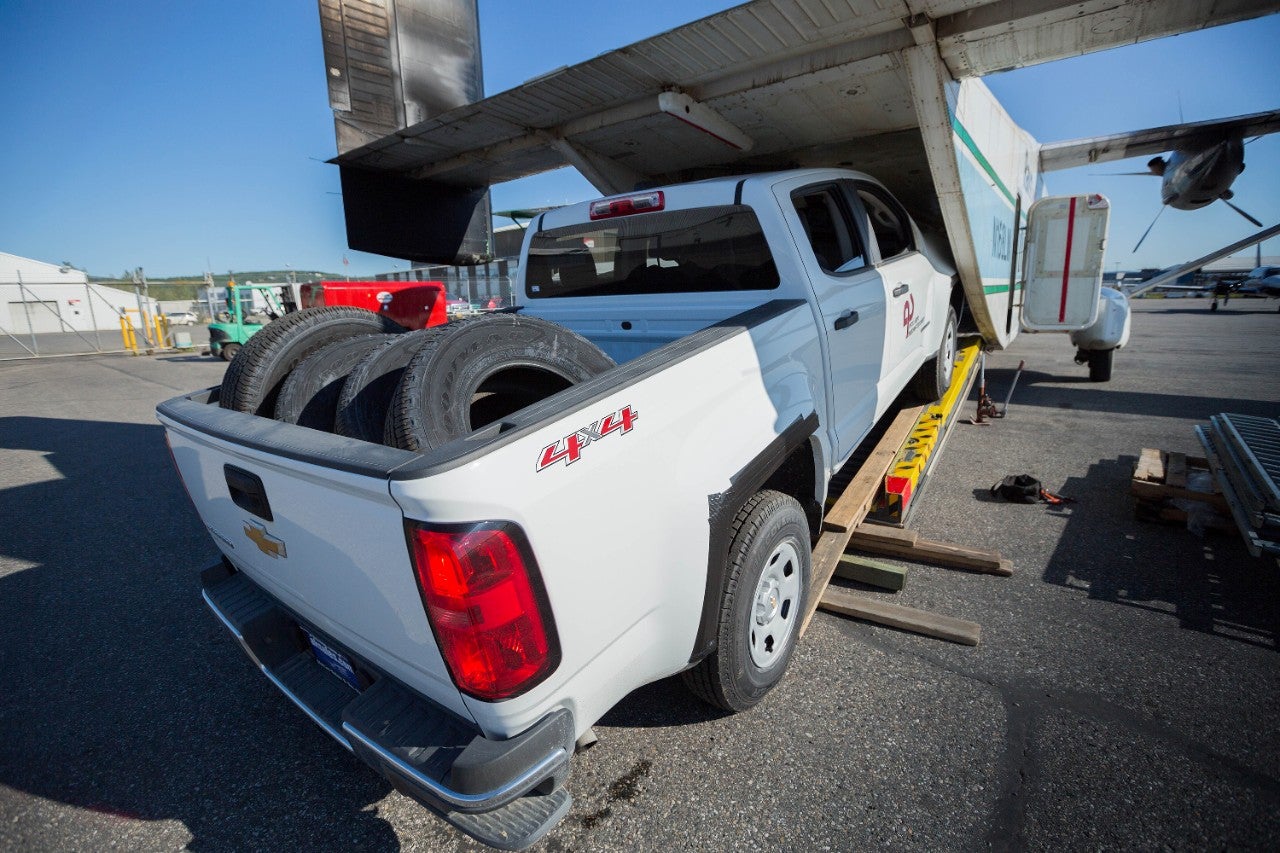
 The Powershift in Steve's '12 Ford Focus killed it's TCM (under warranty!)
> ttyymmnn
The Powershift in Steve's '12 Ford Focus killed it's TCM (under warranty!)
> ttyymmnn
08/25/2015 at 15:28 |
|
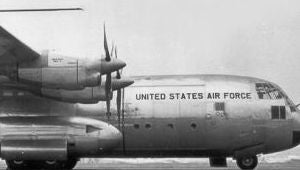
I think it’s smiling at us.
 Gonemad
> ttyymmnn
Gonemad
> ttyymmnn
08/27/2015 at 08:11 |
|
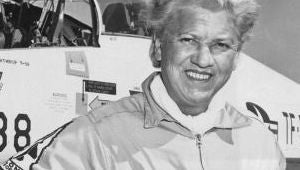
Her and the Queen should meet.
 Gonemad
> ttyymmnn
Gonemad
> ttyymmnn
08/27/2015 at 08:13 |
|
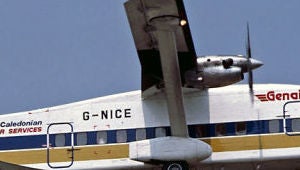
It actually looks like a bus with a pair of wings and a tail strapped to it.
 ttyymmnn
> Gonemad
ttyymmnn
> Gonemad
08/27/2015 at 08:44 |
|
That was probably the concept. American Eagle flew a number of them back in the day. Note how sooty the vertical stabilizers are from the engine exhaust.
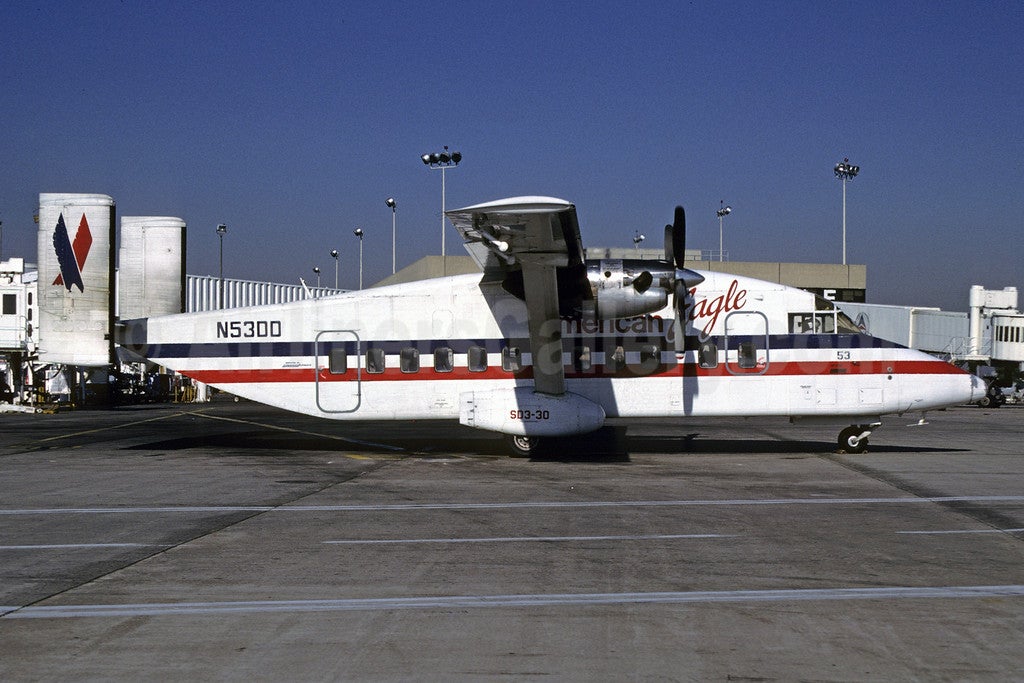
 ttyymmnn
> Gonemad
ttyymmnn
> Gonemad
08/27/2015 at 08:46 |
|
Jackie Cochran was a bad ass. You should
read
about her.
 Gonemad
> ttyymmnn
Gonemad
> ttyymmnn
08/27/2015 at 08:54 |
|
Holy crap. Thanks for that.
the first pilot to fly above 20,000 ft with an oxygen mask, and the first woman to enter the Bendix Transcontinental Race. She still holds more distance and speed records than any pilot living or dead, male or female.
[13]
Yep, as badass as she can be.